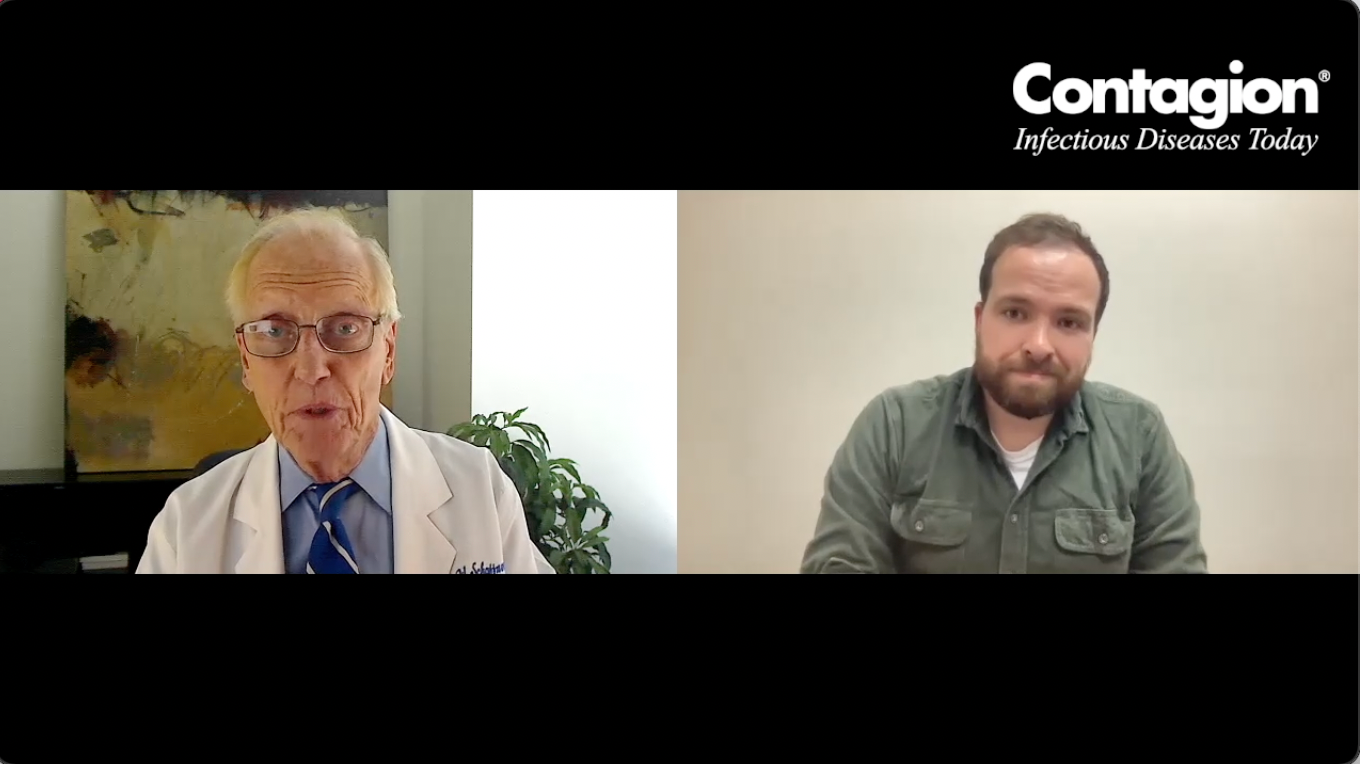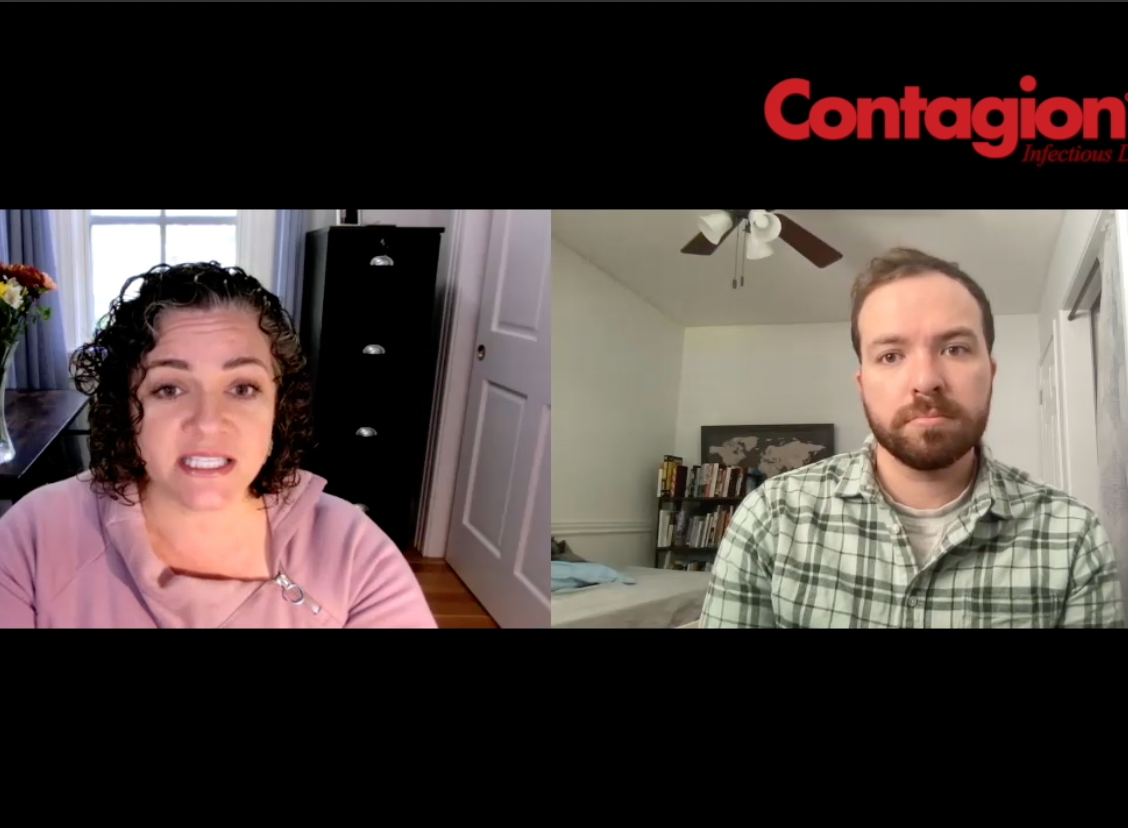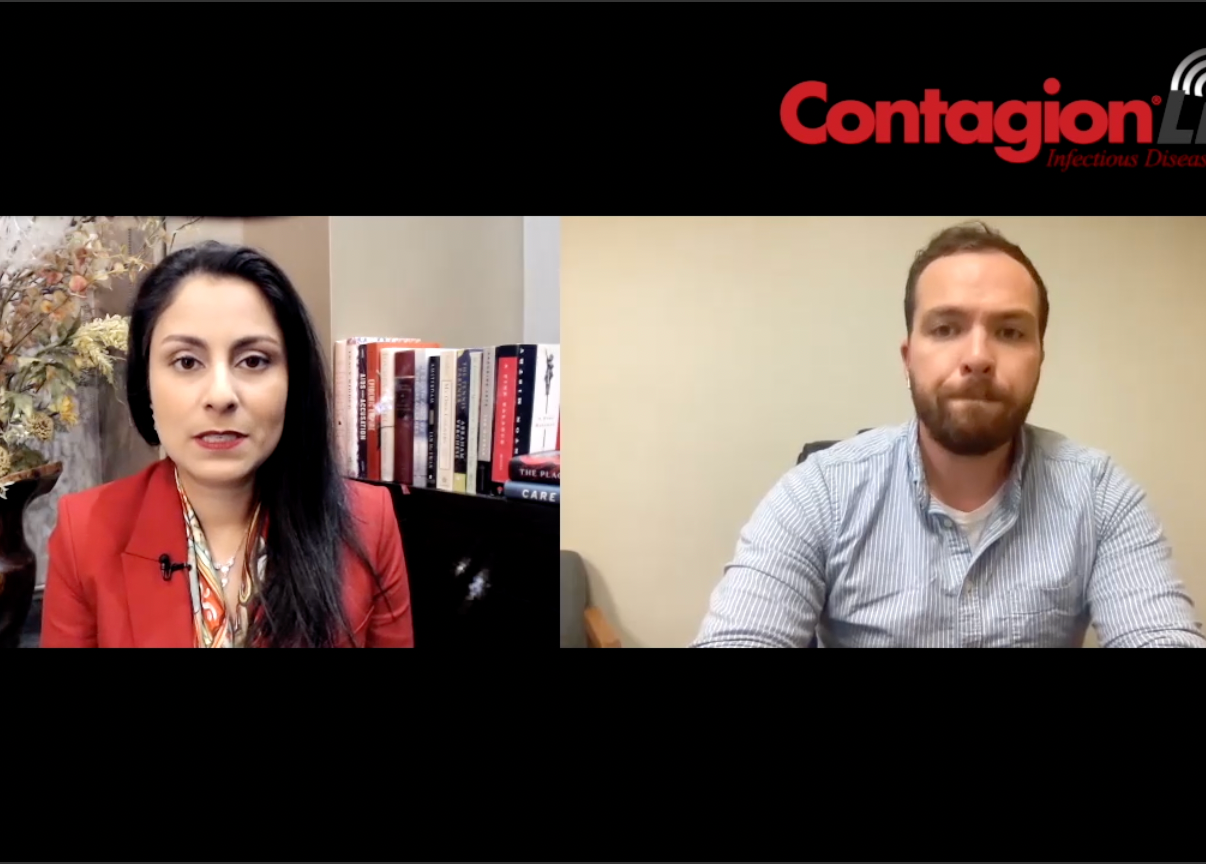Puerto Rico Still Facing Health Challenges One Year After Hurricane Maria—Public Health Watch
The storm compromised the island’s medical infrastructure, interrupting treatment of chronic diseases and disrupting testing for infectious disease outbreaks.
Colorful buildings adorn the streets of Old San Juan, part of Puerto Rico’s capital and largest city. Salsa music emanates from apartment windows, and can be heard in the many bars and restaurants in the area. Near a small plaza populated by scores of stray cats, an old woman sells delicious frozen ice treats from her front window.
To natives of the island, Old San Juan is mostly for tourists. However, in many ways, it captures the essence of the island, the happy, laid-back attitude of its residents and the unbridled spirit with which they approach their lives.
Unfortunately, the past year or so has tested both the resolve and the soul of Puerto Ricans—those living on the island and those who have immigrated to the mainland United States. Indeed, as the 1-year anniversary of Hurricane Maria approaches, researchers are only now getting a true sense of how the storm has affected the island from a public health perspective. Furthermore, the storm and its aftermath may have exacerbated long-standing problems for the American territory.
“Puerto Rico has been facing a socioeconomic crisis for at least a decade, [due in part to] an unaudited public debt of nearly $71 billion,” Melissa Marzán-Rodríguez, DrPH, MPH, CPH, from Center for Sociomedical Research and Evaluation, University of Puerto Rico (UPR) told Contagion®. “Preexisting contextual socioeconomic and political factors… played a crucial role in how detrimental the impact of [the storm] was. The natural disaster just unveils the public health challenges we have been facing over [many] years.”
According to a report published in the March 23 issue of the US Centers for Disease Control and Prevention’s Morbidity and Mortality Weekly Report (MMWR), the storm, which hit the island on September 16, 2017, overwhelmed an already compromised health care infrastructure that had fallen victim to budget cuts resulting from Puerto Rico’s death crisis. In fact, the MMWR report notes that “the destruction of the island’s electrical power grid… rendered the [Puerto Rico Department of Health] laboratory system unable to test for infectious diseases or detect environmental hazards.” Undoubtedly, this played a role in the outbreak of leptospirosis, which Contagion® reported on in October of last year.
However, this was hardly the only public health challenge to rise from the ruins left by Hurricane Maria. Dr. Marzán-Rodríguez was part of a team of researchers from UPR who presented findings from a focus group of HIV-positive men who have sex with men from the island in July, during the meeting of the 22nd International AIDS Conference in Amsterdam. Not surprisingly, with many clinics lacking power and/or relying on emergency generators for electricity, and with pharmacies closed and medicines in short supply, many of the focus group participants experienced interruptions in treatment. The authors of the poster presentation noted that a number of those with HIV/AIDS died in the first 6 months after the storm, likely as a result of these problems.
And, yet, even the death toll from Hurricane Maria has been a subject of intense debate. Officially, the US government reports that 64 deaths on the island occurred as a result of the storm; however, critics argue that this total does not include “indirect” deaths related to the storm, such as those who perished as a result of post-Maria infectious disease outbreaks or lack of access to electricity and/or health care services. An analysis published August 2 in the Journal of the American Medical Association estimates that “excess deaths” in Puerto Rico attributable to Hurricane Maria may, in fact, exceed 4500. Another study, published July 12 in the New England Journal of Medicine, reports a 62% increase in mortality in Puerto Rico as a result of Maria. It has been suggested that this discrepancy in the figures may, in part, be to blame for what some have called a lackluster response on the part of the administration of President Donald Trump to the post-storm crisis on the island, and a failure to fortify it against future natural disasters.
The author of a commentary that strived to highlight the medical needs of Puerto Rico in the aftermath of the hurricane, published in the July issue of Baylor University Medical Center Proceedings, notes that, “What has occurred on the island of Puerto Rico serves as a human laboratory and demonstrates the impact of climate events, the human sequelae that can occur as a result of climate disasters, and the emergency response required to meet that need… The impact on human life, property, medical care access, and psychosocial distress demonstrated in this instance provides a roadmap for the need for emergency preparedness and response. The emphasis on treatment of chronic disease and a focus on medical care access to the disadvantaged and those most heavily impacted by disaster is clearly supported by the data. Psychosocial issues such as depression, suicide, and anxiety need to be anticipated, prepared for, and responded to emergently.”
Dr. Marzán-Rodríguez agrees. “We need to re-think the hurricane response from a structural level,” she told Contagion®. “There’s a lack of political willingness to address hurricane-related issues from a public health perspective.”
Brian P. Dunleavy is a medical writer and editor based in New York. His work has appeared in numerous health care-related publications. He is the former editor of Infectious Disease Special Edition.




















